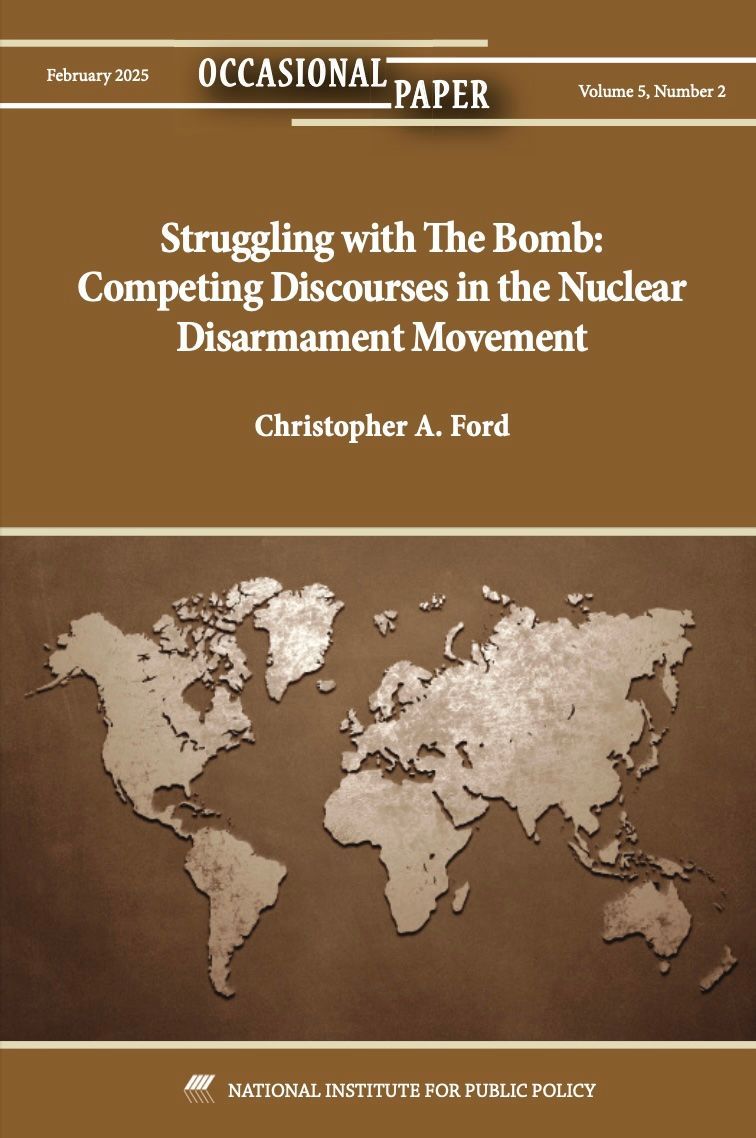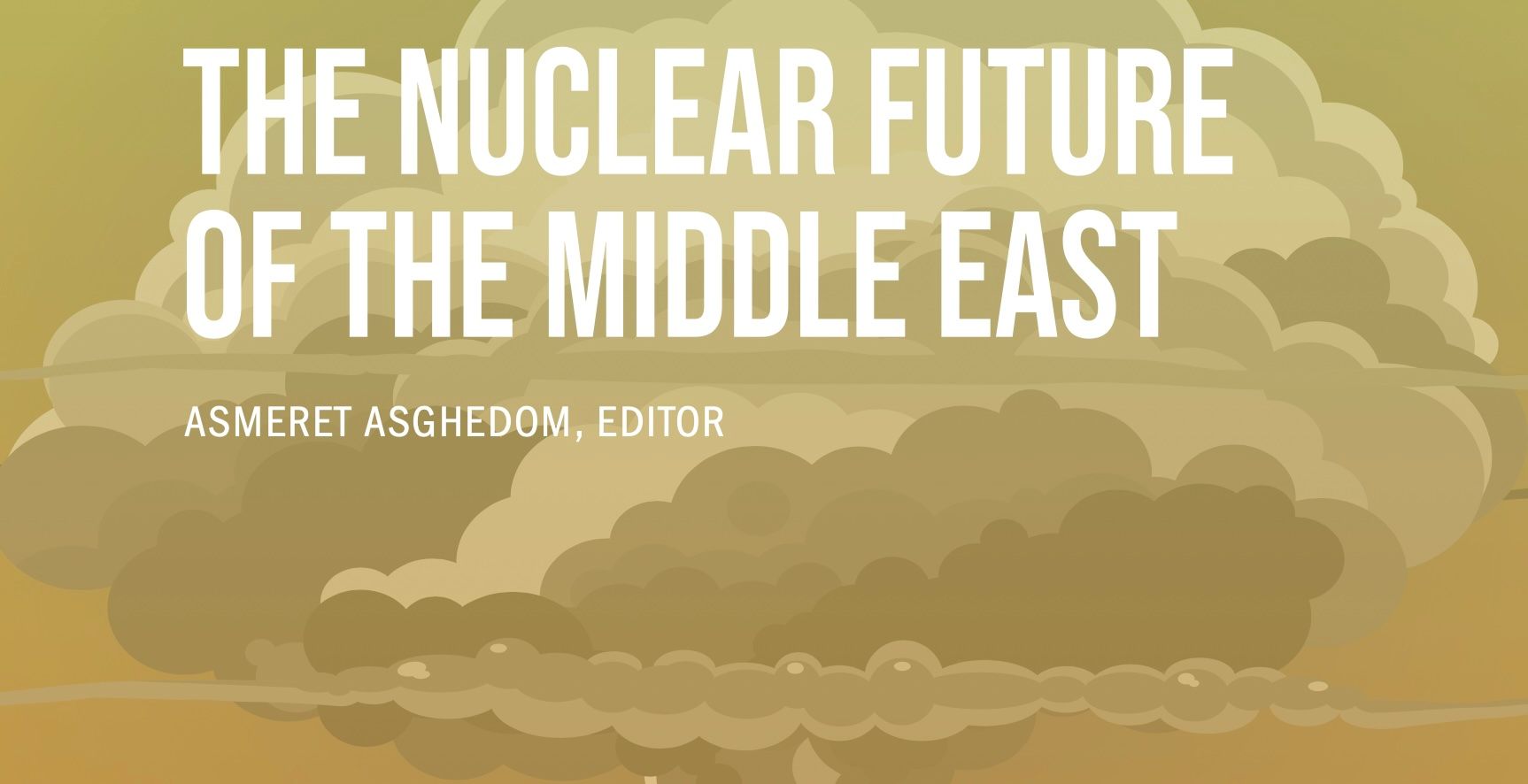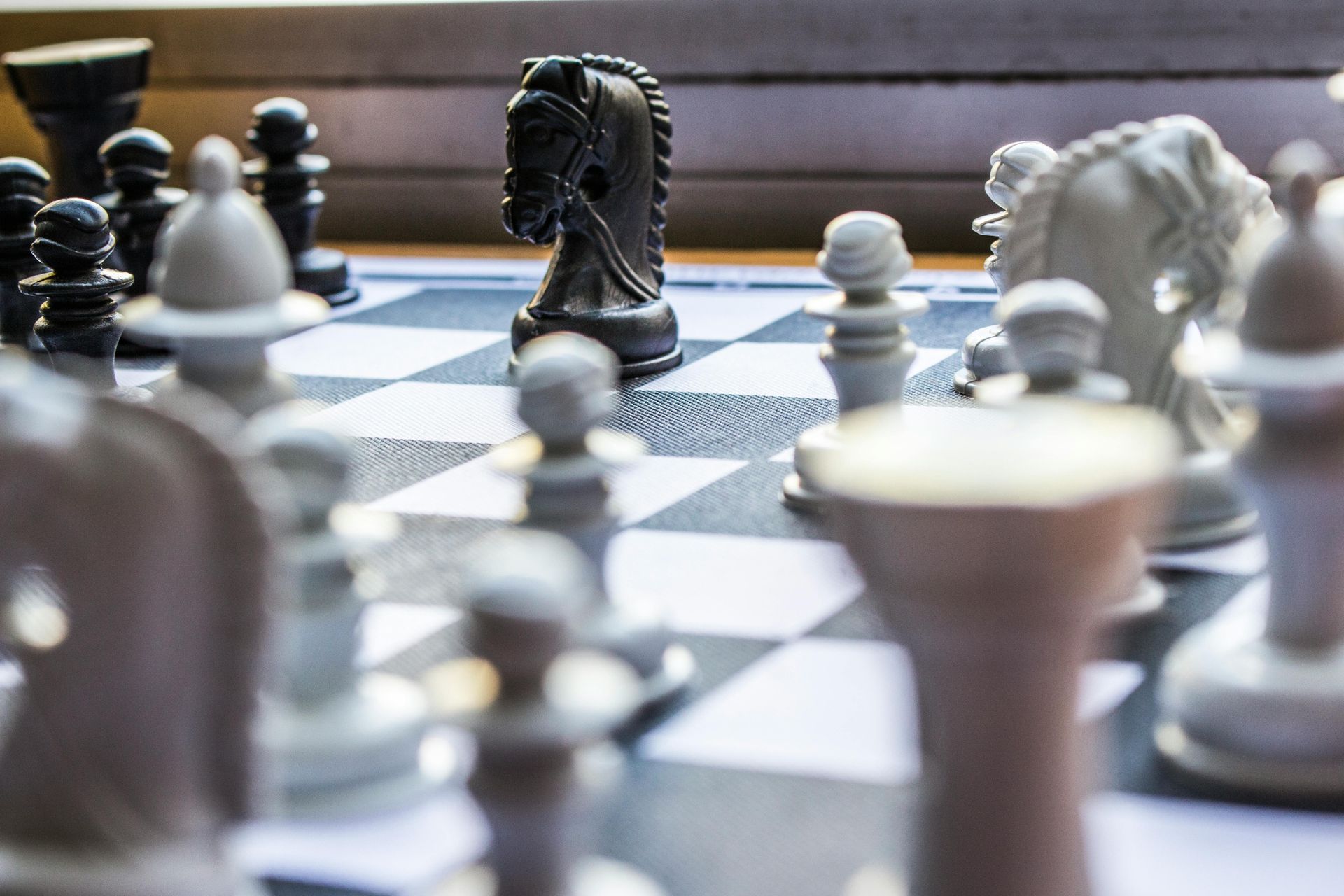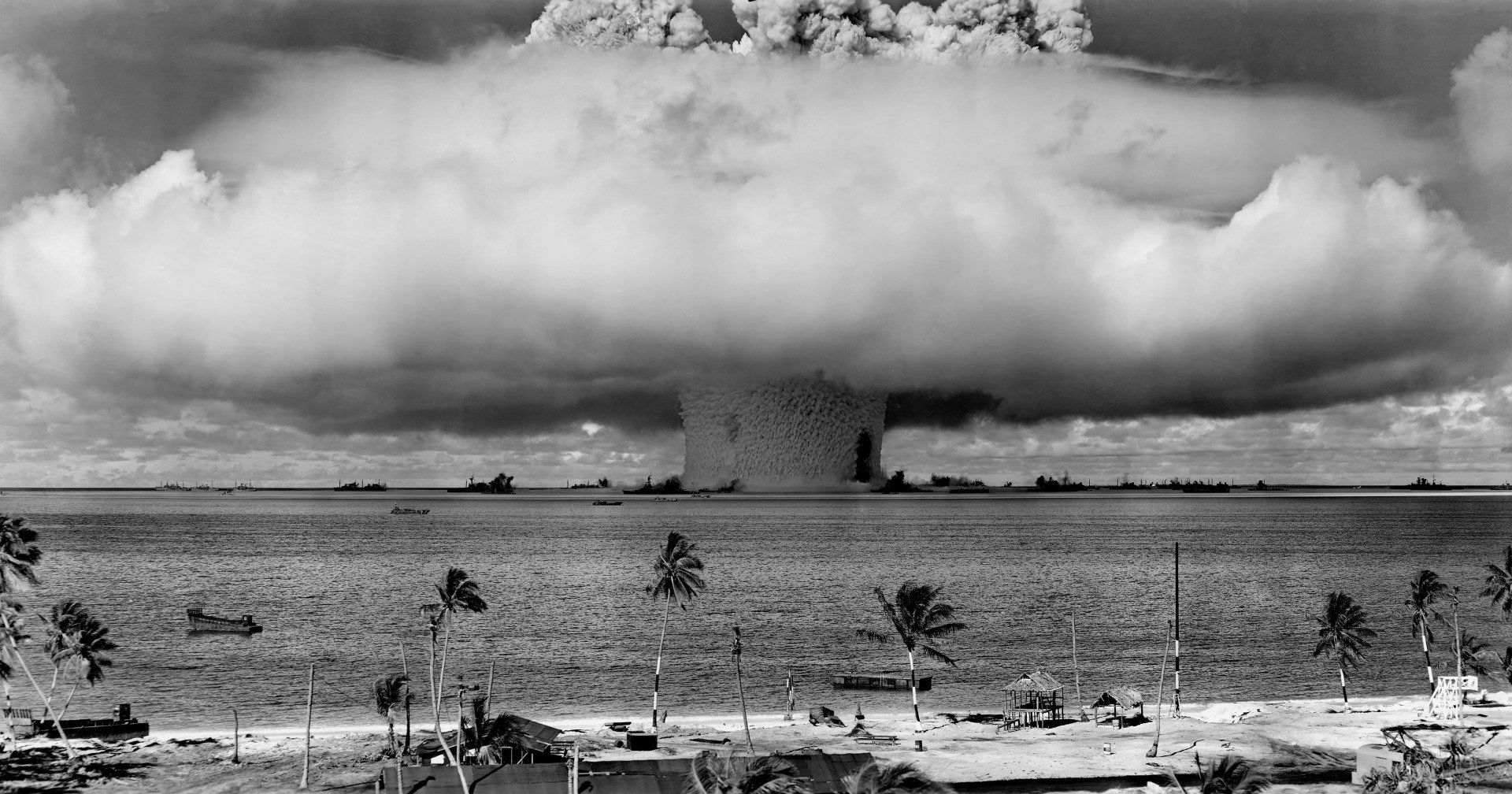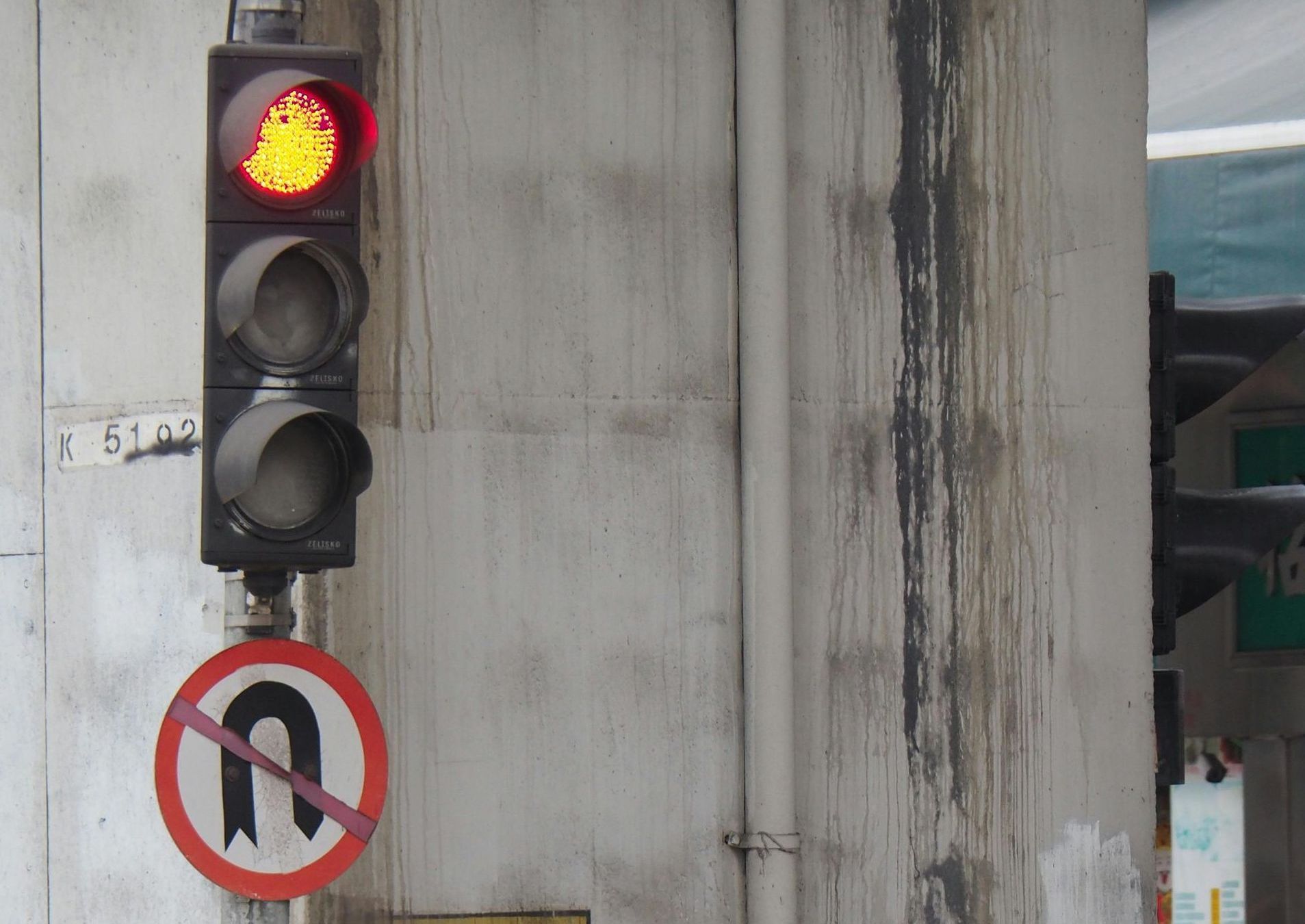The Death of the “Liberal Myth” in U.S. China Policy
Note:
Below follows the text that Dr. Ford prepared for his remarks at Hudson Institute on November 20, 2014, for an event on “ Winning Asia: Why is the United States Struggling ?” Charles Horner and John Lee of Hudson Institute were the other participants.
Good afternoon. It’s a great pleasure to be back at Hudson, even if only for a few hours, and to see some of my old colleagues again.
The title of this event refers to the question of who is “winning” Asia, which presupposes a competition for influence in the region. This idea is not at all controversial in the People’s Republic of China (PRC) itself, of course, where public officials have spoken in baldly competitive terms for decades. The idea of a strategic “competition” with the PRC, however, has been controversial in U.S. China policy circles for many years.
In order to help get the discussion going here today – and with the usual caveat that what I offer here are just my own views, and do not necessarily represent the views of anyone else in the government – let me offer a few observations on the story arc of America’s policy vis-à-vis the PRC. In his fascinating book on the sociology and politics of our evolving policy toward Beijing in the 1960s and 1970s, the sociologist Richard Madsen has described the existence of three basic schools of thought – that is, three competing American narratives of China – and sees U.S. policy during that period reflecting the gradual triumph of one of them.
In Madsen’s characterization, during those years, many American leftists tended to see Communist China sympathetically, as an ideological paradise – a stark view that was matched on the political right by anti-communist conservatives who interpreted everything about Mao’s China through the prism of their fears of a worrisome “Red menace.”
As Madsen tells the story, however, these two schools ultimately lost out to a third narrative: the “liberal myth” of the PRC as a “troubled modernizer” – “a society governed by ‘technical bureaucrats’ who acted ‘pragmatically’” in the Chinese people’s best interest “rather than ‘ideologically,’” and who in the face of enormous difficulties needed U.S. assistance in help their country grow into something eventually not unlike America itself.
This “liberal myth” was at first just one competing interpretation among several, but it won out decisively in the mid-1970s. This was, Madsen suggests, partly because the story of inevitable liberalization as China became more prosperous embodied reassuring assumptions about the transcendence of American political values at a time when our faith in the moral vision and role of our republic had been shaken by the events of Vietnam and Watergate. But the “liberal myth” triumphed also because it was seized upon by U.S. political leaders as a means of selling our diplomatic opening to China – a move which was fundamentally undertaken for strategic reasons tied to the need for a counterweight against the Soviets – to an American polity that might otherwise have cast a skeptical eye on such realpolitik statecraft.
I think Madsen’s account of that period is compelling and insightful, but in some ways the rest of the story-arc is at least as interesting. For one thing, the realpolitik rationale for embracing the PRC and encouraging the growth of its power did not survive the Cold War, but in the heady days after the disintegration of the Soviet Empire our policy establishment – egged on by a business community entranced as always by the partly real and partly simply imagined riches of “the China market” and eager to encourage profit-seeking engagement with the PRC’s increasingly dynamic economy – became more attached than ever to the “liberal myth” of China as a “troubled modernizer” that needs our help, and a little more time, along the road to becoming more or less “like us” at the teleological terminus of human political history.
Madsen has argued that the butchery on Tiananmen Square disabused Americans of this mythological narrative, leading to a kind of conceptual crisis in U.S. China policy in the 1990s. I disagree, however. I think such a conceptual crisis has now begun to occur, but our political and scholarly establishment seems to have clung tenaciously to the “liberal myth” for many years after the massacre in 1989. Thus, for instance, could President Bill Clinton declare that “our engagement with China is … the best way to advance our ideals. The more we bring China into the world, the more the world will bring freedom to China.” One still sees echoes of this today, such as in President Obama’s declaration that we “welcome China’s rise.”
I also think one of the casualties of the long-continuing general predominance of Madsen’s myth has been U.S. China policy itself. As I have written elsewhere, many Americans’ self-flattering and romantic assumptions about China – specifically, that the PRC’s leaders aimed to steer their country through difficult and idiosyncratic circumstances in order to become a liberal democracy like ours – helped make us lazy. Who needs to do the hard work of developing and implementing a real strategy, after all, if history itself is on your side, and economic development will inevitably produce nothing but friends and fellow democracies?
The “liberal myth” Madsen identifies thus seems to have carried encoded within it a sort of strategic sedative that retarded the development of serious thinking about China in our elite circles of political and policy leadership. This dampening effect was sometimes quite explicit, for it was frequently argued that the PRC would only be a threat to the United States and to U.S. interests if we ourselves “made” it into one by giving the impression that we viewed Beijing as an adversary. (This was a notion the emergence of which Madsen traces back to the late 1960s, when it began to be argued that if only we did not put the Chinese regime “on the defensive” through outside pressure, the “pragmatic element” in Beijing would surely come to the fore. China’s future was thus, flatteringly, in our hands.) For such thinkers, the answer to any Sino-American problem was thus always simply to double down on supportive engagement. Anything that looked like a real “competitive strategy” should be avoided at all costs, and even criticism should be tempered, lest we provoke antagonisms that would otherwise melt away in a pragmatic prosperity.
These were, of course, conclusions very congenial to the Chinese Communist Party (CCP) cadres who ruled China, and who have been for many years now engaged in a feverish rush to build up the PRC’s “comprehensive national power” as part of a struggle for “national rejuvenation” that will return China’s to the position of relative power and status-primacy it felt itself to enjoy before the mid-19th Century. Even while they spun wild anti-Western conspiracy theories at home and indulged vicious xenophobic propaganda after Tiananmen Square, however, PRC officials in their dealings with U.S. leaders took every opportunity to encourage and validate the “liberal myth’s” encouragement of American anti-strategic thinking, cultivating a discourse of China’s “peaceful rise” and always pointing out the myriad ways in which criticizing the CCP “hurts the feelings of the Chinese people.” They had a pretty good run with this strategy for quite a while.
To be sure, when I first started working in Washington in the mid-1990s, there were some important undercurrents of concern in U.S. China policy. Everyone still remembered Tiananmen, of course, but military intelligence analysts had also begun to raise concerns about the extent and speed of the PRC’s military build-up – fueled as it was by China’s rapid economic growth and significant infusions of foreign military technology, including from a then nearly bankrupt Russia that seemed willing to sell almost anything to anyone. These concerns had to remain fairly quiet ones, however, for many among the political cognoscenti discounted such warnings as alarmist enemy-seeking by a military-industrial complex that had been left without a raison d’être by the collapse of Soviet Communism.
On Capitol Hill, where I worked as a Senate staffer at the time, concerns were raised about PRC efforts to influence the U.S. political process during the 1996 presidential elections , and quite of bit of scuffling occurred between hawkish Congressional Republicans and the Clinton Administration over such things as sanctions against China for proliferation-facilitating transfers and over high-technology “dual-use” ( i.e. , potentially militarily-useful) exports to China. As you may recall, this was also the era of the Cox Commission Report , and the nuclear weapons espionage scare (and botched investigation ) that occurred after a “walk-in” asset reportedly informed U.S. intelligence agents that the PRC had acquired technical data on our W-88 nuclear warhead, and it was subsequently revealed that a Chinese-American scientist previously been under investigation for ambiguous ties to the PRC nuclear weapons establishment had mysteriously removed disks containing U.S. nuclear weapons data from the Los Alamos National Laboratory. And of course there was the Taiwan Straits crisis of 1995-96 , in which a series of provocative PRC missile tests over Taiwan led President Clinton to dispatch a carrier battle group to the area.
Yet even all this apparently wasn’t enough to derail Madsen’s “liberal myth.” It was true that a coalition of Republican security hawks on Capitol Hill did manage to team up with some liberal Democrats – principally politicians close to the U.S. labor movement who were unhappy with China over jobs and trade issues – and occasionally rattled the China policy cage in the late 1990s. Congress imposed new proliferation sanctions during this period, for instance, and after a scandal over illegal technology transfers by U.S. satellite makers that helped improve the reliability of Chinese ballistic missiles , Congress moved jurisdiction over satellite export controls from the Commerce Control List (CCL) managed by the (pro-export) Department of Commerce to the U.S. Munitions List (USML) run by the (relatively) more restrictive and security-minded Department of State.
For the most part , however, this alliance of the political wings in Congress made only modest headway against the pro-engagement, business-oriented mass of the Democrat and Republican political parties. The odd-bedfellows coalition of hawks and doves failed to dislodge the “liberal myth” from its position at the political center of gravity – and in control of the Executive Branch.
President George W. Bush’s administration began on a more cautious note in its China policy, with the new president having actually campaigned to some extent against Bill Clinton’s often exuberant engagement with Beijing. It didn’t help American attitudes that a reckless and stupid Chinese fighter pilot damaged a U.S. EP-3 reconnaissance aircraft over international waters in 2001 – killing himself in the process – and that Beijing handled that incident rather aggressively. Even then, however, U.S. officials were ultimately willing to resolve the EP-3 crisis with what officials in Beijing gleefully (and predictably) saw as an American “apology ” and concession of fault: our ambassador’s expression of “sincere regret” and statement that we were “very sorry” for the death of the Chinese pilot.
In any event, the terrorist attacks of September 2001 soon preoccupied high-level attention in Washington. With Beijing itself thereafter eager to capitalize upon the counter-terrorist zeitgeist as a way of giving legitimacy to its own anti-Uighur and anti-Tibetan policies at home, things seemed to re-stabilize around a by now traditionally congenial equilibrium. The Bush Administration’s 2002 National Security Strategy “welcomed” the rise of a strong, peaceful, and prosperous China, and by 2004, Secretary of State Colin Powell was describing U.S.-China ties as being the warmest they’d been since the 1972 diplomatic opening.
To be sure, as time went on, the Bush Administration began to explore ways to “hedge” more effectively against potential PRC misbehavior. This is not well known, but most of the signature elements of the Obama Administration’s Pacific “pivot” or “rebalancing” strategy – such things as the rotational deployment of U.S. Marines to Australia, the talks that eventually produced a new U.S.-Philippines defense agreement in 2014, moves to base most of the U.S. Navy in the Pacific, plans to base “Littoral Combat Ships” in Singapore, and talks over access to widely-distributed “contingency” airbase facilities in the region – are initiatives that were actually begun under George W. Bush. (The “pivot” has been building momentum relatively slowly, in other words, but it is a bipartisan policy that considerably predates the Obama Administration’s eagerness to claim credit for it.)
While the government was quietly beginning to shift towards a more wary strategy in response to the PRC’s own build-up of regional power, however, there were still limits on what could be said or done openly. With China policy still reflecting Madsen’s “liberal myth” – by this point perhaps most famously reflected in Deputy Secretary of State Robert Zoellick’s call for the PRC to be a “ responsible stakeholder ” within the existing regional order of the Asia-Pacific – our approach generally remained more one of “hedging” against possible problems than planning for a genuinely “competitive” approach.
But that was then. Since then, I think there has been a considerable shift in thinking in U.S. China policy circles, particularly in response to the cascade of PRC provocations against China’s neighbors in the South China Sea and the East China Sea that seems to have accelerated since the great financial crisis of 2008-10 – move that have now been accompanied by progressively more draconian crackdowns on internal dissent by the CCP regime, and most recently the repudiation of earlier promises of democracy for Hong Kong. We could talk at some length about the details of these developments, but for present purposes the main point is that while Richard Madsen may have been wrong that the old “liberal myth” dissolved after Tiananmen Square, it seems to be disintegrating today.
There may not yet be a new consensus on precisely how to relate to China, but there seems today to be a widespread feeling in U.S. policy circles that the previous approach is obsolete. From the perspective of U.S. national interests and grand strategy, “engagement” has not produced the benefits we were all told that it would. Rather than improving its behavior and becoming a prosperous and increasingly democratic, rights-observing country, the PRC seems increasingly to have simply been becoming an ever-richer, more powerful, and better-armed crony-capitalist and domestically repressive revanchiste regional bully. The “liberal myth” is thus in tatters, and our China policy community is starting to recognize that the rest of the Asia-Pacific now has a real problem on its hands.
Let me offer a couple of illustrations, just drawn from things I’ve come across in reading the papers during the last few months.
- In September, the New York Times – one of our most reliable loci of center-left foreign policy predictability – ran a whole article, by star reporter David Sanger, based upon the premise that Beijing’s newfound bellicose regional assertiveness was one “head” of a “three-headed monster” of foreign policy challenges bedeviling President Obama. (The other two “heads” described in the article were Russia’s war against Ukraine and the rise of the Islamic State.) Apparently subsequently getting cold feet, the paper thereafter changed its website to remove the “monster” phrasing, but the point had been made.
- A recent article in The Economist quoted Bonnie Glaser – a China scholar who in the early 2000s was writing that the United States should work to improve Sino-American habits of cooperation and that relations with the PRC would be manageable so long as the United States did not try to “block” China’s rise to great power status – to the effect that Beijing’s rulers aim to build a world order in which “ China will be at the centre, and every other nation will have to consider China’s interests.”
- The reliably liberal National Public Radio also recently broadcast a feature pointing out to listeners that despite years of predictions that “engagement” with China would change it for the better, the wealth of capitalism seems so far only to have made the CCP’s grip on power stronger than ever – and its behavior worse.
- Sparked by recent PRC moves against its neighbors in both the South and East China Seas, moreover, a whole raft of articles appeared in Western media during 2014, arguing about comparisons between the destabilizing aggressiveness of the German Kaiserreich before the First World War and the current regional belligerence of China. Some articles suggested there were important parallels , while others insisted that differences between 1914 and 2014 were more significant than the similarities , but the question of “Is the PRC analogous to Wilhelmine Germany?” seemed to be on everyone’s mind – even in the customarily liberal pages of The New Republic and The Atlantic .
This is remarkable stuff. If one had voiced these kinds of concerns in 1998, one might have been mistaken for a member of the so-called “ Blue Team ” of lonely China hawks on Capitol Hill staffs who defined themselves precisely by their opposition to the conventional wisdom of the China policy community and Bill Clinton’s Executive Branch. Now, however, such sentiments increasingly seem to be the conventional wisdom. Clearly, the conceptual terrain has shifted in important ways.
We Americans may still be struggling over exactly how to respond to the challenges that the PRC now clearly presents, and over just how to balance elements of “cooperation” and “competition” in our dealings with Beijing. It seems fair to say, however, that we are at an important time in which yesterday’s reassuring Sino-American certainties have been mugged by reality, as it were, and the public policy agenda is in flux.
I’m not sure I can tell you who is “winning” Asia, and at this point perhaps no one can. It’s possible, however, that Beijing has itself finally managed to goad the United States toward realizing that we have to be playing the kind of game in which “winning” or “losing” is in fact at issue. We shall see how things go.
Thank you. I look forward to our discussions.
-- Christopher Ford
